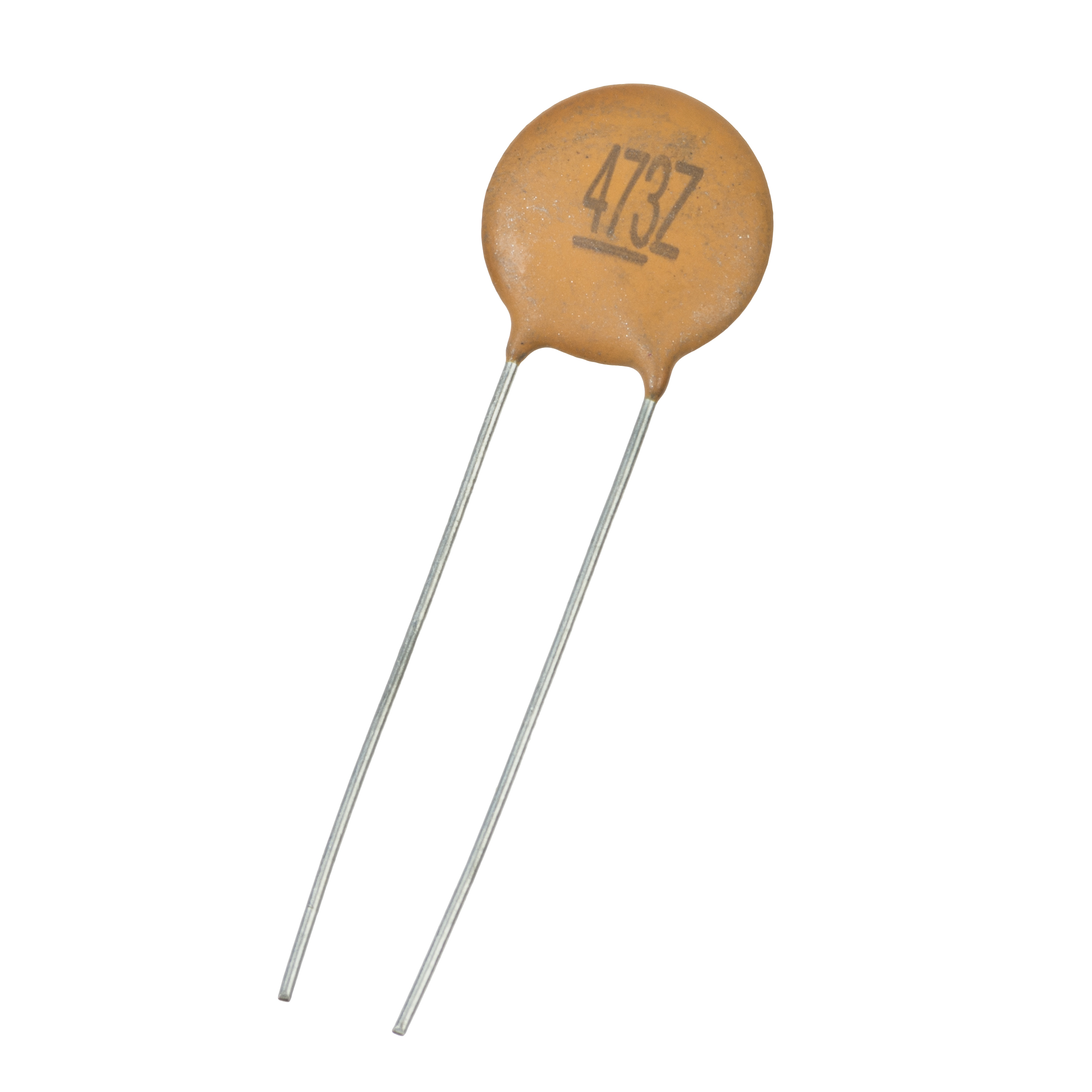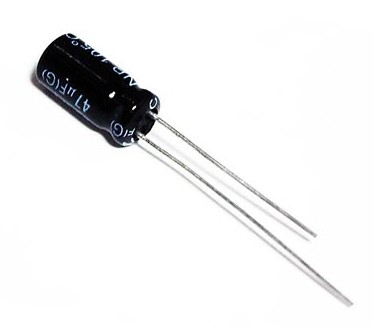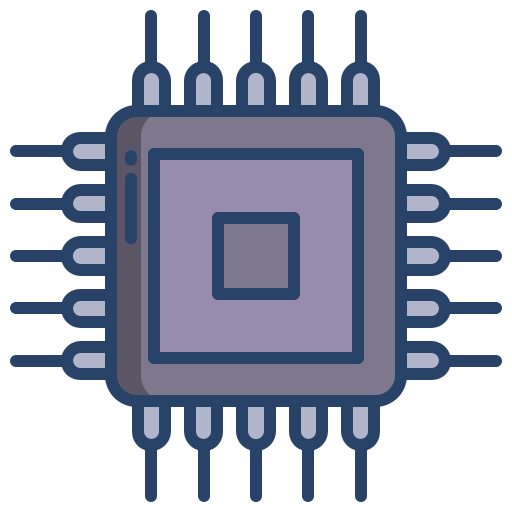A capacitor is a component that serves to store electrons and then be able to distribute them in the circuit.
Technical specifications of the Capacitors
Capacitors, like any other component, are defined by a number of characteristics. These, which the specification sheet provides, are:
1. Rated capacity: The value of the capacity varies with changes in frequency and ambient temperature.
Capacitors, like any other component, are defined by a number of characteristics. These, which the specification sheet provides, are:
1. Rated capacity: The value of the capacity varies with changes in frequency and ambient temperature.
Alphabetical code
Also known as alphanumeric code, it uses 3 numbers (2 of them indicate the value, and the remaining one indicates the multiplier) to identify the capacity of our component. In addition, we can see a letter with which we can indicate the tolerance of the component.
Also known as alphanumeric code, it uses 3 numbers (2 of them indicate the value, and the remaining one indicates the multiplier) to identify the capacity of our component. In addition, we can see a letter with which we can indicate the tolerance of the component.
| Letter | A | B | D | F | G | H | J | K | M | |
|---|---|---|---|---|---|---|---|---|---|---|
| Tolerance | C < 10 pF | 0.1 | 0.25 | 0.5 | 1 | 2 | --- | --- | --- | --- |
| Tolerance | C > 10 pF | --- | --- | 5.5 | 1 | 2 | 2.5 | 5 | 10 | 20 |
Color code representation
Unlike resistors, capacitors come in different shapes and sizes.
Because of this, representing its value with the colored bands will depend on the type of capacitor, its shape and its size.
Unlike resistors, capacitors come in different shapes and sizes.
Because of this, representing its value with the colored bands will depend on the type of capacitor, its shape and its size.
Types of capacitors
When we talk about capacitor values, a very important feature to take into account is the type of capacitor we are going to use. If we could identify them, we would find fixed and variable capacitors.
When we talk about capacitor values, a very important feature to take into account is the type of capacitor we are going to use. If we could identify them, we would find fixed and variable capacitors.
Fixed Capacitors
Mica capacitor: Mica is an aluminum silicate with a mixture of salts whose resistance is in the order of 10^15 to 10^17 Ω, making it an excellent dielectric for the manufacture of capacitors.
Mica capacitors have capacities between 5 and 100k pF, being widely used for their high reliability at high frequencies.
Mica capacitor: Mica is an aluminum silicate with a mixture of salts whose resistance is in the order of 10^15 to 10^17 Ω, making it an excellent dielectric for the manufacture of capacitors.
Mica capacitors have capacities between 5 and 100k pF, being widely used for their high reliability at high frequencies.
Paper Capacitors
Paper dielectric capacitors are made by rolling a sheet of oil-impregnated paper between 2 metal sheets.
The metal sheets, which are usually made of aluminum, move from one side to the other, so that when they are rolled, the sheets protrude from the ends of the dielectric and thus remain connected to the pins that then protrude from the capacitor casing.
Paper dielectric capacitors are made by rolling a sheet of oil-impregnated paper between 2 metal sheets.
The metal sheets, which are usually made of aluminum, move from one side to the other, so that when they are rolled, the sheets protrude from the ends of the dielectric and thus remain connected to the pins that then protrude from the capacitor casing.


